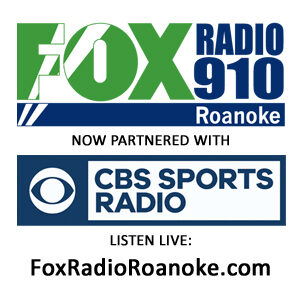
The State of Michigan is slated to save about $400 million on the cost of public roads, buildings and highway maintenance (especially potholes). Here’s what happened; recently the Michigan Legislature in Lansing passed a law repealing the wage law passed in 1965 that required contractors to pay workers on all public projects current prevailing union wages. Non-union workers are paid less but the 1965 law revealed the hand of protective union leaders and became apparent in that legislation. By repealing the burdensome conditions of the law, Michiganders will be performing many public works projects at great savings for taxpayers. The estimated savings were estimated by ‘The Mackinac Center for Public Policy’ located in Midland. The organization is a state-level ‘think-tank’ considered the largest of its kind in the nation. It is also considered a right-wing organization that promotes free-market values.
The purpose of labor unions was to eliminate many of the abuses such as lack of overtime pay, workplace safety and other unacceptable conditions for factory workers and trades. Perhaps the most debilitating action that unions have at their disposal is the ‘strike’ that can close down a factory or construction job when negotiations fail. Now workers in all trades and crafts have excellent government protections so union strategy is tuned to job security as well as benefits such as compensation, vacations, bonuses, retirement and healthcare.
In the 1930’s unions became closely associated with the Democratic Party and have played an important role in local, state and national elections. Labor unions, the media and Hollywood aficionados make up the front line of defense and offense for the Democratic Party. The misdirection of union philosophy is to maintain high levels of employment to enhance membership rolls and increase political payoff dues without any reference to efficient workplace habits and output (productivity). An innate conflict of interest is created for workers whose loyalties are split between employers that make the payroll and unions that make the rules.
And this is the point in time when scandal, corruption and abuse spiral out-of-control in union organizations. Having improved safety and other basic protections, unions focus on compensation demands, healthcare and retirements for life. The basic steps to dominance in unionized (organized) companies starts with dues that have been reported to be about $663 annually in Illinois. Among the 14.8 million union members in the U.S., the dues paid into union treasuries amounts to almost $10 billion annually.
Here are some samples of union corruption: A female secretary of a boilermakers union in Chesapeake, VA admitted to embezzling $20,000 from union coffers; A business manager in the Pittsburgh boilermakers local stole $1.5 million and spent it on personal luxuries; the president of the Bricklayers local in Rockford Il. spent $250,000 in union funds on gambling and vacations and the president of Middleburg Heights, OH embezzled ‘hundreds of thousands’ of dollars on travel and tickets to popular entertainment venues around the country. More than 140 union officials have admitted to crimes in just the last two years. Teachers unions in Oklahoma use conflated data to show that per pupil spending had fallen 28.2% over the last decade but according to a U.S. Census Bureau report per pupil spending has increased by 16% over the decade.
Other unions also use deception to achieve their surreptitious goals. Although 2,096 workers at Boeing’s North Charleston, SC plant voted to not unionize, the union selected a group of 178 union sympathizers for voting and won union representation by a vote of 104-65 for certification. The NLRB (National Labor Relations Board) is reviewing this decision.
In a recent national election, of the top 25 political donors, 14 were private and public unions who committed about $70 million dollars, 92% of which went to Democratic liberal causes. Major donors on both ‘sides of the aisle’ seek access to favorable treatment in legislation, taxation and political support.
Just 6.5% of workers in the private sector are unionized (7.6 million) while 34.4% of public sector workers are organized (7.2 million). Public sector workers receive at least 20% higher wages and benefits than private sector workers who pay the wages for government employees. And government workers have the protection of both government and unions.
Doesn’t seem fair, does it?
Dick Baynton

